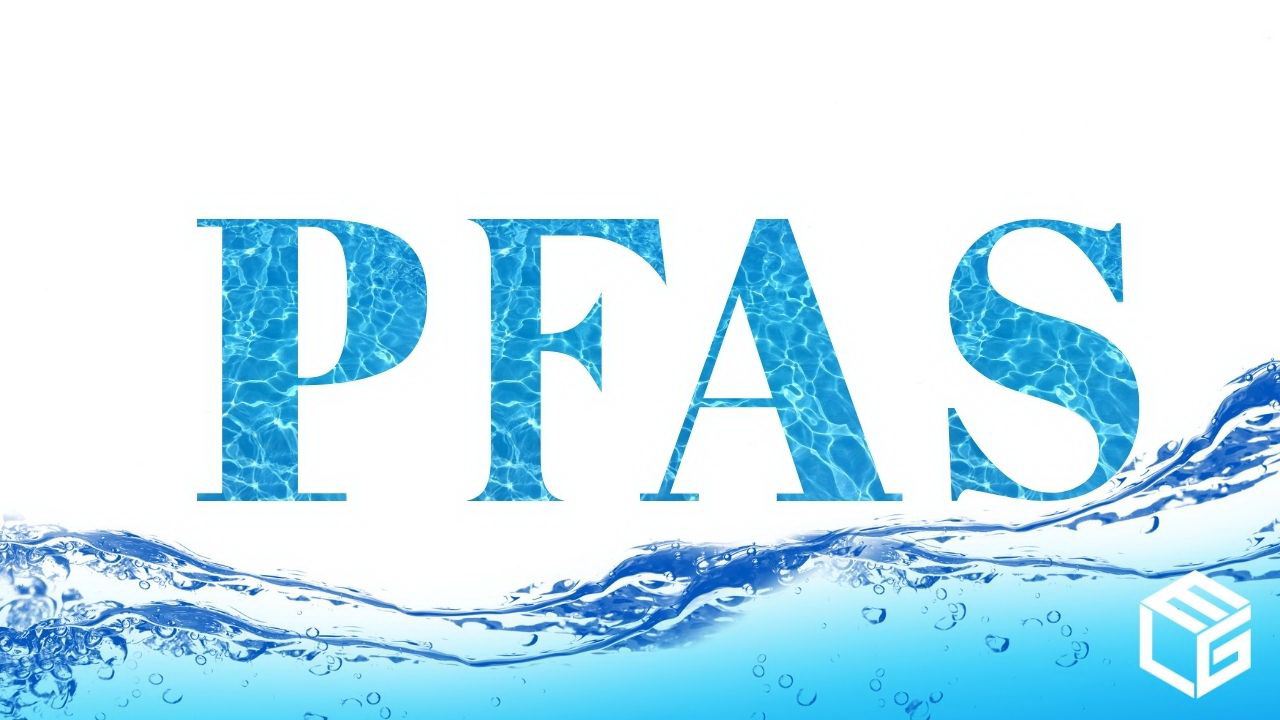
Posted on July 26th, 2023

According to a recent study by the US Geologic Survey, around 45% of US tap water contains one or more types of PFAS. With about 184,000 public water providers serving most of the US population, the costs of cleanup are an expense that may prove too costly for utilities serving smaller communities.
PFAS are synthetic fluorocarbon compounds whose physical attributes garnered their widespread use, being found in an extensive range of commercial and industrial products, from non-stick cookware and pharmaceuticals to self-care products and fluorinated firefighting foams. However, the CDC/ATSDR has linked prolonged PFAS exposure with higher risks of developing cancers, thyroid issues, elevated LDL cholesterol, liver enzyme deficiencies, decreased birth weight, and reproductive toxicity.
In March 2023, the EPA proposed national drinking water regulation for six types of PFAS, limiting acceptable concentrations of PFOA and PFOS (the most common PFAS variants) to 4 parts per trillion (ppt) and proposing a cumulative Hazard Index for four other compounds:
- PFHxS
- HFPO-DA (GenX)
- PFBA
- PFBS
When these regulations will come into effect, public water utilities will be required not only to ensure that they are adequately equipped to detect these compounds and report their presence in a timely manner but also be able to conduct broader testing in their communities and employ PFAS cleanup methods using costly technologies and solutions such as:
- Granular Activated Carbon (GAC)
- Reverse Osmosis & Nanofiltration
- Ion Exchange Resins (IEX)
Based on recent conservative estimates from the American Water Works Association, implementing such technologies to address PFAS contaminants in drinking water nationally per the EPA's standards could cost between $3.2 - $5.7 billion annually. Moreover, the financial impact per household would disproportionately burden public water systems serving areas with less than 100 residents ($10,090 - $11,150) than those serving larger population centers with more than a million individuals ($80 - $105).
A major point of contention for most public water systems is that local taxpayers will primarily shoulder the costs associated with the EPA's proposed measures. Since PFAS contamination is mainly the result of manufacturers' negligent conduct and misrepresentation of their products' safety, the National Rural Water Association (NRWA) filed a class action lawsuit in 2020 on behalf of public water utilities across the US to keep the liable polluters accountable.
In June 2023, the NRWA secured two historic settlements against Corteva, DuPont, and Chemours ($1.185 billion) and the 3M chemical corporation ($12.5 billion payable over 13 years), with the funds meant to assist vulnerable rural communities and drinking water providers cover the exorbitant costs of PFAS cleanup. Notably, as the 3M litigation is currently ongoing, public water systems still have the option to join the lawsuit and retrieve compensation for PFAS contamination.
Our seasoned legal specialists can help you join the PFAS water contamination lawsuit
With over three decades of experience handling complex cases of toxic exposure, our highly skilled attorneys provide free case evaluations to help local communities determine whether they meet the criteria to join the lawsuit.
Eligible parties taking part in the lawsuit have the opportunity to secure a part of 3M's $12.5 billion settlement meant to cover costly PFAS testing, remediation, and treatment expenses.
If you are unsure if your community qualifies for compensation, please don't hesitate to contact us.
